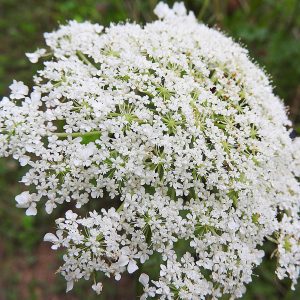Elderflower

Elderflower has become a popular and distinctive botanical in modern gin distillation, prized for its delicate floral aroma and subtle sweetness. Derived from the creamy white blossoms of the elder tree (Sambucus nigra), elderflower introduces a light, honeyed note that adds elegance and a gentle complexity to a gin’s flavour profile.
Traditionally used in cordials and liqueurs, elderflower’s role in gin is relatively recent but increasingly prominent, especially among distillers seeking a fresh, floral-forward style. It pairs particularly well with citrus, angelica root, and other white flowers, helping to lift and soften the more robust juniper and spice elements. In well-balanced gins, elderflower adds a top note that evokes English hedgerows in spring – subtly sweet, with nuances of pear, lychee, and muscat grapes.
The botanical can be used fresh, dried, or as a distillate or tincture, with careful handling needed to preserve its light aroma during distillation. While too much elderflower can overpower a blend or become cloying, a well-judged amount lends sophistication and approachability – characteristics that appeal to contemporary gin drinkers and cocktail bartenders alike.
Elderflower also resonates with consumers looking for gins that reflect seasonality, provenance, and natural ingredients. For distillers producing rural or foraged-style gins, it offers a botanical that feels authentically local and recognisably British.
Whether used to accent a London Dry style or to anchor a new wave floral gin, elderflower continues to bloom in popularity. Its presence in gin reflects both the evolving tastes of consumers and the creative freedom embraced by today’s distillers.










































